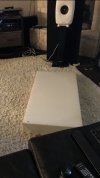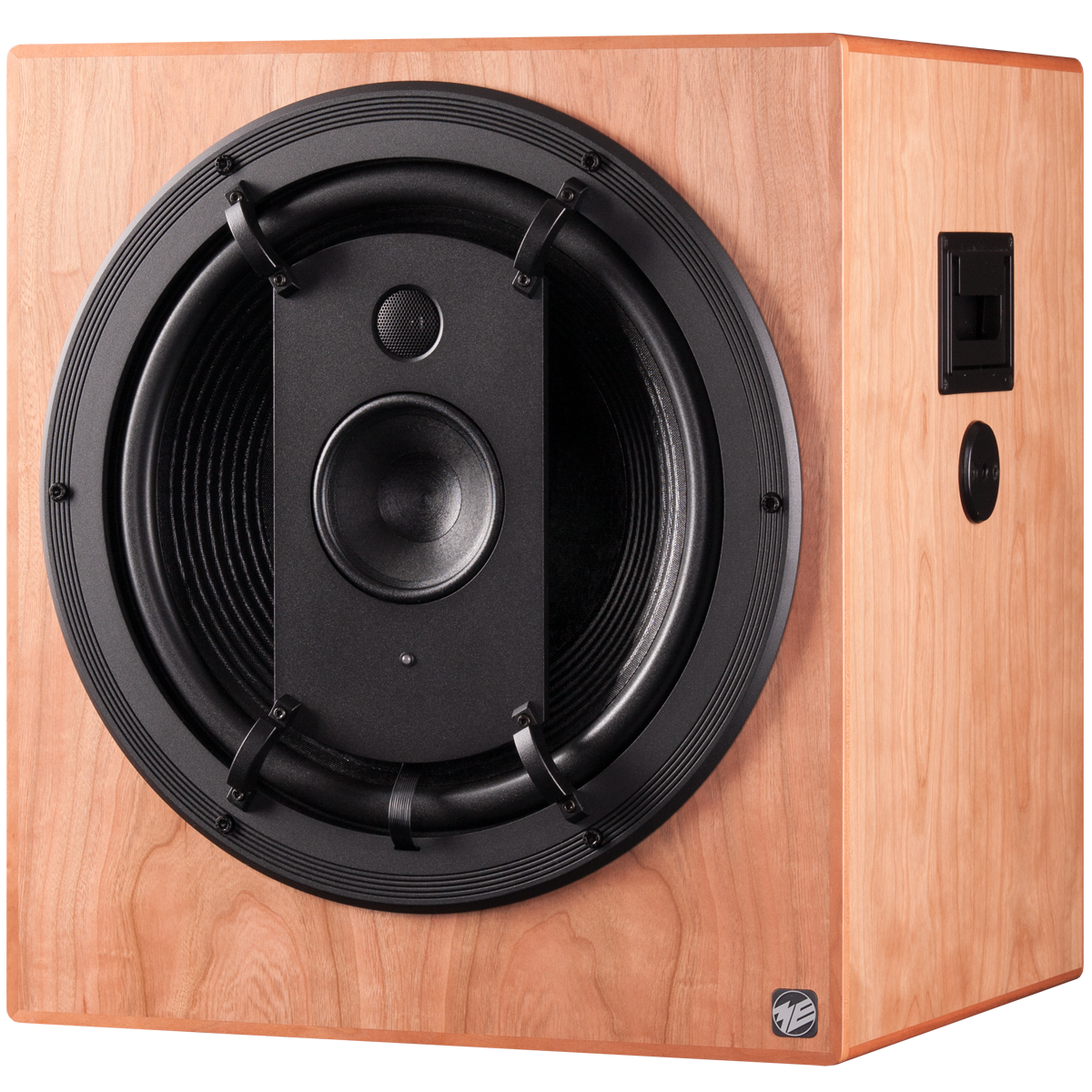- Joined
- Jan 23, 2020
- Messages
- 4,336
- Likes
- 6,705
IMO, the biggest disadvantage of coaxials, and why they aren't more common, is because they are really hard to do well. I truly think doing them well takes R&D and technical knowledge that the vast majority of "small shop" manufacturers simply don't have. It takes R&D budgets of companies like Genelec and KEF to make coaxials that exceed non-coaxials in every way with almost no downsides. For most manufacturers, I think the cons will outweigh the pros.
A great coaxial is without a doubt better than a great non-coaxial, but a good coaxial is worse than a great non-coaxial .
.
That's the biggest reason, but there are legitimate other weaknesses that might apply in some situations:
1. Inability to have different dispersion patterns horizontally and vertically. Most of the time, this isn't an issue, but there are certain situations where it might be useful to have narrow vertical dispersion. One example I can think of is a HT with multiple rows at different heights and low ceilings. Something like the Genelec 8361A may throw too many ceiling and floor reflections for folks in the back row. For a situation like that, a speaker like the Perlisten S7T might be a better solution, and its dispersion pattern can't really be achieved with a coaxial design.
2. SPL limitations. This is only really an issue for 2 way coaxials. Someone mentioned the Genelec Ones being output limited, but that has nothing to do with their coaxial design. The Ones are output limited by their small racetrack woofers and small enclosure. With subs, my 8351Bs can do 115dB+ at 3.5m(8361 probably 120dB+). How much more output do you really need?
2 way coaxials are indeed somewhat limited relative to non-coaxials(due to the waveguide movement). That's a legitimate weakness, but it's one who's importance depends heavily on the use case. If you're someone who uses external subwoofers and listens at moderate volume, it's probably not a big deal, and the pros of the coax design will outweigh the cons.
I do prefer coaxials overall, but it's not a huge advantage to my ears. Biggest advantages I hear are:
1. Imaging. I've got a few traditional designs(Revel M106, JBL 708p, Genelec 8030c) that do image well, but it's not as good as the coaxials I have. It should be mentioned that some folks seem to actually prefer an image that's more diffuse; for those folks, coax imaging wouldn't be an advantage.
2. Better floor bounce. I tried an experiment awhile back that makes me think we may somewhat underestimate the importance of good floor bounce. In trying to find and eliminate all of the nulls of my current setup, I tested eliminating the floor bounce with a bass trap(attached image). It did eliminate one of the last remaining nulls, but it made the sound(to my ears) worse. It really surprised me.
A great coaxial is without a doubt better than a great non-coaxial, but a good coaxial is worse than a great non-coaxial
That's the biggest reason, but there are legitimate other weaknesses that might apply in some situations:
1. Inability to have different dispersion patterns horizontally and vertically. Most of the time, this isn't an issue, but there are certain situations where it might be useful to have narrow vertical dispersion. One example I can think of is a HT with multiple rows at different heights and low ceilings. Something like the Genelec 8361A may throw too many ceiling and floor reflections for folks in the back row. For a situation like that, a speaker like the Perlisten S7T might be a better solution, and its dispersion pattern can't really be achieved with a coaxial design.
2. SPL limitations. This is only really an issue for 2 way coaxials. Someone mentioned the Genelec Ones being output limited, but that has nothing to do with their coaxial design. The Ones are output limited by their small racetrack woofers and small enclosure. With subs, my 8351Bs can do 115dB+ at 3.5m(8361 probably 120dB+). How much more output do you really need?
2 way coaxials are indeed somewhat limited relative to non-coaxials(due to the waveguide movement). That's a legitimate weakness, but it's one who's importance depends heavily on the use case. If you're someone who uses external subwoofers and listens at moderate volume, it's probably not a big deal, and the pros of the coax design will outweigh the cons.
I do prefer coaxials overall, but it's not a huge advantage to my ears. Biggest advantages I hear are:
1. Imaging. I've got a few traditional designs(Revel M106, JBL 708p, Genelec 8030c) that do image well, but it's not as good as the coaxials I have. It should be mentioned that some folks seem to actually prefer an image that's more diffuse; for those folks, coax imaging wouldn't be an advantage.
2. Better floor bounce. I tried an experiment awhile back that makes me think we may somewhat underestimate the importance of good floor bounce. In trying to find and eliminate all of the nulls of my current setup, I tested eliminating the floor bounce with a bass trap(attached image). It did eliminate one of the last remaining nulls, but it made the sound(to my ears) worse. It really surprised me.
Attachments
Last edited:



